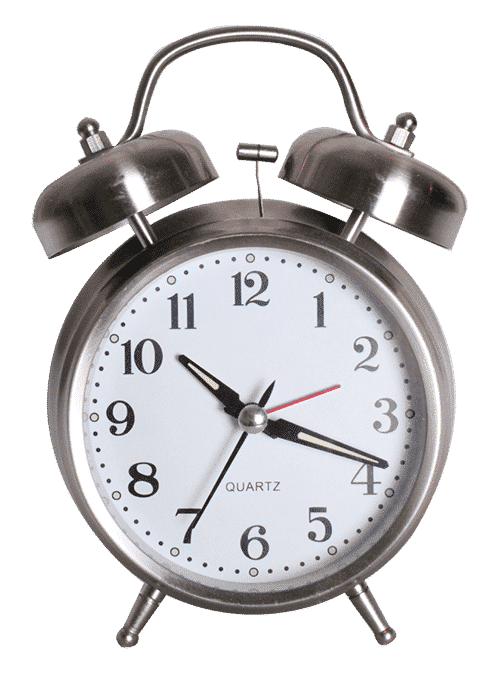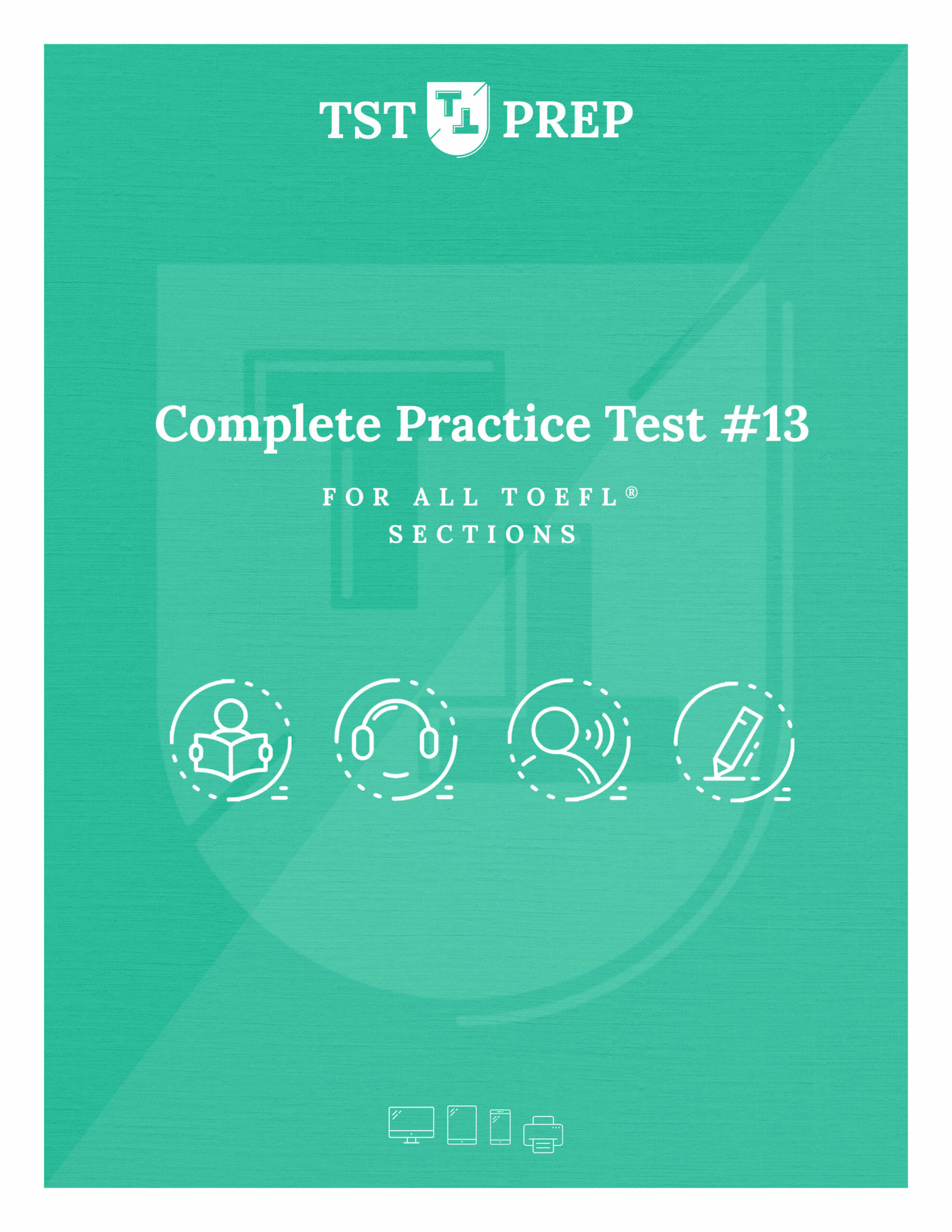

100 Reading Questions for the TOEFL® Test (PDF included)
Author

Looking for some TOEFL Reading practice?
Look no further.
Below you will find 100 free to download TOEFL Reading practice questions, organized based on question type.
But first, how many reading questions are on the TOEFL?
Since August 2019, in the TOEFL Reading Section, you can expect 20 questions that you’ll need to answer in 36 minutes.
There are 10 different question types:
- Vocabulary Questions
- Rhetorical Purpose Questions
- Inference Questions
- Sentence Simplification Questions
- Insert Text Questions
- Factual Information Questions
- Negative Factual Information Questions
- Reference Questions
- Fill in a Table Questions
- Organization Questions
Get some TOEFL Reading Practice free online, right here on our site.
How do I practice reading for the TOEFL?
What you need to know about the TOEFL Reading
The TOEFL Reading exercises cover a number of academic topics with passage difficulty varying between an 8th grade level, which implies an appropriate text for a 14-year old American junior high school student, and a 14th grade level, which implies an appropriate text for a 20-year-old American college sophomore.
How many reading passages are on the TOEFL?
In the TOEFL iBT Reading section you have 36 minutes to:
- Read three academic texts, totaling around 2100 words
- Understand how to answer 10 different types of questions
- Answer 20 questions in total
And, unfortunately, the TOEFL Reading practice materials available online are either out-of-date or unreliable.
These are just a few of the reasons why we have designed our own TOEFL Reading Practice Questions with answers that you can access for free right here.
Here’s just one example:
Human Anatomy
Human anatomy is the scientific study of the body’s structures. Some of these structures are very small and can only be observed and analyzed with the assistance of a microscope.Other larger structures can readily be seen, manipulated, measured, and weighed. The word “anatomy” comes from a Greek root that means “to cut apart.” Human anatomy was first studied by observing the exterior of the body and observing the wounds of soldiers and other injuries. Later, physicians were allowed to dissect bodies of the dead to augment their knowledge. When a body is dissected, its structures are cut apart in order to observe their physical attributes and their relationships to one another. Dissection is still used in medical schools, anatomy courses, and in pathology labs.
Flesch-Kincaid Grade Level: 8.5
1. The word augment is closest in meaning to
A. Prove
B. Increase
C. Validate
D. Spread
1. B (vocabulary)
B is correct because increase is closest in meaning to augment. Spread is similar in that it means to make something larger, but spread implies that something grows outward, while augment, in this situation, implies an increase.
But wait…
Do you notice something strange about this TOEFL Reading exercise?
It’s short! Usually, a TOEFL iBT Reading passage is 700 words, but this is just 100 words.
And there’s only one question after the passage (usually there are 10).
This unique approach to practicing the TOEFL Reading section is designed to help you improve your reading skills and speed. But if you want to know how to use these TOEFL Reading practice questions with answers to improve your reading score, here are five easy steps to follow.
The latest update for the TOEFL iBT test came on July 26, 2023. You can expect 20 questions that you will need to answer in 36 minutes. 10 TOEFL Reading questions per passage. You will have 18 minutes to complete each passage. You have 36 minutes to complete the TOEFL Reading section. You will read two academics, totaling around 1400 words.
TOEFL Reading Practice Step 1: Practice with short passages
If you’re like most students, then you want to practice in a way that looks exactly like the test. You want to read a 700-word passage and answer 14 TOEFL reading questions in less than 20 minutes.
Practicing for the test and replicating the conditions will help you prepare for the format of the TOEFL, but it will not help you increase your reading comprehension or English fluency.
Improvement comes when you reflect on your answers and identify why you did something wrong.
Practice alone is not enough to help you improve, you must also reflect.
When you do a single reading passage and answer 14 questions about it, you are reflecting on the entire experience, a 20-minute reading exercise, instead of a single question. When you use these short reading passages, you get more immediate feedback on your responses. This, in turn, will help you quickly identify the question types and TOEFL reading topics you struggle with.
Besides providing you with more specific and immediate feedback, here are a few more benefits of using short passages to practice:
- More exposure to various topics
- Study in short intervals of less than five minutes
- Learn more vocabulary in less time
- Build your reading skills
- Master question and answer strategy
Once you dive in and start to answer the questions you will find these short passages to be the exact answer you have been looking for to help you improve your TOEFL Reading skills.
TOEFL Reading Practice Step 2: Don’t forget to review the structure
These short TOEFL Reading samples are just like the TOEFL, only shorter. It’s still important for you, however, to get a clear understanding of exactly what to expect from the TOEFL Reading section on test day.
- Here are some of the most important points:
- Read three academic passages of 700 words
- Take 18 minutes per passage, 36 minutes in total
Answer 10 questions per passage
There is no way to predict what kind of passages you will receive in your TOEFL test, but here are some of the more popular TOEFL reading topics:
- Biology
- History
- Geology
- Psychology
- Environmental Science
- Ecology
- Astronomy
- Education
- Art
- Archaeology
Learn exactly what to expect on test day. Download your complete TOEFL test
Now, you might be confused by all of the question types in the TOEFL Reading practice test PDF…
…and you’re not alone!
There are ten reading question types and some have strange names like rhetorical purpose and pronoun referent questions.
But don’t worry.
In the chart below, all of the question types have been laid out and separated based on frequency, common lexical structure, and the time it should take you to answer each.
The Reading Section Question Types |
||||
|---|---|---|---|---|
| Question Type | Frequency | Time to Answer | Question Value | Question Phrasing |
| 1. Vocabulary | 2-4 | 60 seconds | 1 | “The word _________ in paragraph 2 is closest in meaning to…" |
| 2. Factual Information (Detail) | 3-6 | 90 seconds | 1 | “According to paragraph 4, what….”
“Which of the following…” “It is stated in paragraph 4 that…” |
| 3. Negative Factual Information (Negative Detail) | 2-4 | 120 seconds | 1 | “All of the following are mentioned in paragraph 3 EXCEPT…” “Which of the following is NOT mentioned....” |
| 4. Inference | 2-4 | 90 seconds | 1 | “What can be inferred from paragraph 5 about…” “Paragraph 5 implies that…” “Paragraph 5 suggests…” |
| 5. Rhetorical Purpose (Author’s Purpose) | 2-4 | 90 seconds | 1 | “In paragraph 6, the author discusses ________ in order to…” “Why does the author mention…” |
| 6. Sentence Simplification (Paraphrasing) | 2-3 | 120 seconds | 1 | “Which of the sentences below best expresses the essential information in the highlighted sentence in paragraph 4?” |
| 7. Insert Text (Sentence Insertion) | 2-3 | 120 seconds | 1 | “In paragraph 2 there is a missing sentence. Where would the sentence best fit?” |
| 8. Reference (Pronoun Referent) | 0-1 | 60 seconds | 1 | “The word _________ in paragraph 1 refers to…” |
| 9. Prose Summary (Summary) | 1-2 | 150 seconds | 1 | “An introductory sentence for a brief summary of the passage is provided below. Complete the summary by selecting the THREE answer choices that express the most important ideas in the passage." |
| 10. Fill In A Table (Organization) | 0-1 | 150 seconds | 2-3 | “Complete the table below to summarize information about _________ in the passage. Match the appropriate statements to _________” |
TOEFL Reading Practice Step 3: Practice with a timer

If you have done some TOEFL Reading practice tests already, then you know that time management is an issue for the reading section. Few people can read the entire passage and answer all of the questions in a given passage in less than 18 minutes.
It takes skill to read a question, understand the meaning, identify the key words, and find that information in the passage in less than two minutes. Even if you understand the question and know where to look, it may still be challenging to identify which information is essential to help you answer the question.
When you work through these short passages, you can answer based on question type. Each passage will be followed by a single and predictable question.
But I can’t emphasize this enough…
…be sure to challenge yourself by setting a timer. And keep in mind that some TOEFL questions take longer than others.
For example, in the case of vocabulary questions, give yourself only 60 seconds to answer. However, if you are working on detail questions, set the timer for 90 seconds. (refer to the chart above for each question type’s timing)
Human Anatomy
Human anatomy is the scientific study of the body’s structures. Some of these structures are very small and can only be observed and analyzed with the assistance of a microscope. Other larger structures can readily be seen, manipulated, measured, and weighed. The word “anatomy” comes from a Greek root that means “to cut apart.” Human anatomy was first studied by observing the exterior of the body and observing the wounds of soldiers and other injuries. Later, physicians were allowed to dissect bodies of the dead to augment their knowledge. When a body is dissected, its structures are cut apart in order to observe their physical attributes and their relationships to one another. Dissection is still used in medical schools, anatomy courses, and in pathology labs.
Flesch-Kincaid Grade Level: 8.5
2. Which of the following is true about human anatomy?
- The word “anatomy” is derived from a French root that means “cut”
- The observation of soldiers’ wounds were originally used to study human anatomy
- Human and animal bodies were dissected in labs to understand human anatomy
- The smaller structures of the human body need to be observed with a telescope
2. B (detail)
B is correct because the other 3 options are all untrue – they each contain at least a word that changes its original meaning. The passage states “Human anatomy was first studied by observing the exterior of the body and observing the wounds of soldiers…”. While the words “human anatomy” are mentioned a few times, the answer can be found by searching for other keywords like “soldiers’” and “wounds”.
This TOEFL reading practice example is challenging, but, over time, you will get used to the time restrictions and it will get easier. You will start to improve the speed and accuracy of your answers, which will improve your performance on complete TOEFL iBT Reading practice passages.
Lean more about the how to manage your time better for the Reading section of the TOEFL test.
TOEFL Reading Practice Step 4: Review your answers
Think of your favorite professional athlete.
Now imagine the incredible amount of work they endured to become one of the best at their sport.
Of course they practiced, but, more importantly, they watched the game film.
After the game, most professional athletes sit in a room and watch their performance. In American football, players spend dozens of hours every week watching their games because they understand that improvement comes through the study of what went wrong in the past.
Improvement comes through the study of past performance.
Your TOEFL test is a performance of your English ability. Use the information you get from practicing your reading comprehension skills to understand your personal strengths and weaknesses. After you know what your problem is – for example, you have trouble answering inference questions – map out a course of action that will help you improve.
Most students only practice. Sure, everyone checks their answers, but only for a score, not to gain a deeper understanding of why they were wrong and how they can improve in the future.

Here are some questions to ask yourself after you have answered a question wrong:
- Did I misread the passage or the question?
- Was there difficult vocabulary that I didn’t understand? Is this word part of the Academic Word List?
- Is there a particular question type I struggle to answer? What’s the answer and how do I fix it?
- What can I do to ensure I don’t make the same mistake again?
In the ELT world (English Language Teaching), this is referred to as reflective practice. It’s popular in many other fields, like medicine and management, but it has also become an important component of improving teacher performance.
Failing to review your answers is just one of many mistakes students make when preparing for the reading section of the TOEFL. You can check out the five most common TOEFL Reading mistakes and how to avoid them below.
TOEFL Reading Practice Step 5: Improve your vocabulary
Now at this point you:
- Understand why these short reading passages are so helpful
- Reviewed the overall structure of the TOEFL Reading section
- Know how important it is to set a timer and develop your time management skills
- Are ready to not only practice the questions, but review the answers
It’s now time to work on the most critical component of your TOEFL Reading score: your vocabulary.
How can I improve my reading comprehension for the TOEFL?
Simply put, if you don’t understand the words, you can’t understand the passage.
If you are not getting the score you want in the reading section, then you must invest the necessary time and energy into studying vocabulary. Now, there are thousands of words in the English language, so it’s hard to know which are important.
There are a lot of vocabulary lists, but this is the only one you need for the TOEFL Reading, download The Ultimate Vocabulary List for the TOEFL – free PDF
Originally developed in 2001 by Averil Coxhead, a distinguished linguist and researcher, she found that there were certain words that consistently show up throughout academic texts, regardless of the topic.
Unlike other TOEFL vocabulary lists, this one has been academically researched and verified by working professionals in the English Language Teaching Community.
If you know these 570 words, it will have a dramatic impact on your TOEFL Reading score.
Read more about our ultimate vocabulary list for the TOEFL test.
Conclusion
So, how can you improve your reading skills for the TOEFL?
- Practice with short passages
- Review the structure
- Use a timer
- Review your answers
- Improve your vocabulary
Also read:
Create a FREE
Practice Account
Join now and start learning with our free materials









97 Comments
Comments navigation
Yaki
Excellent questions
Comments navigation